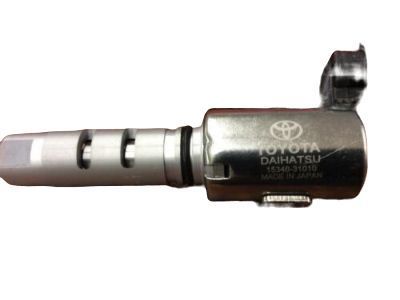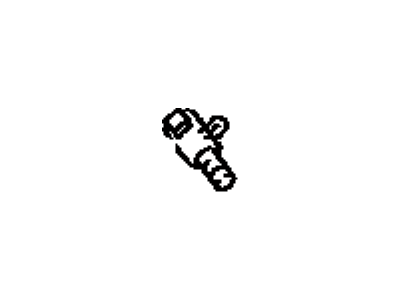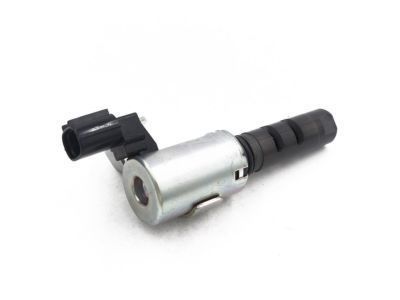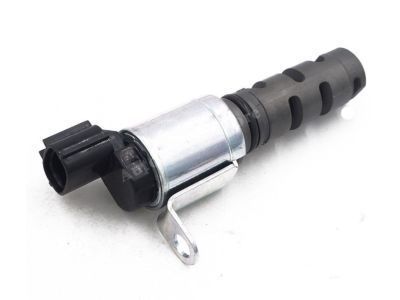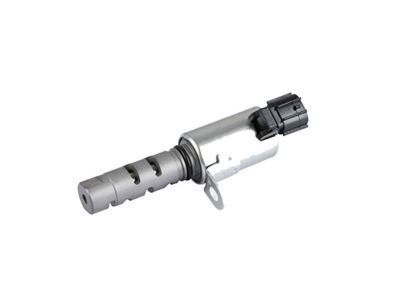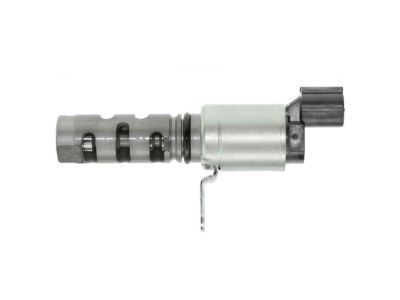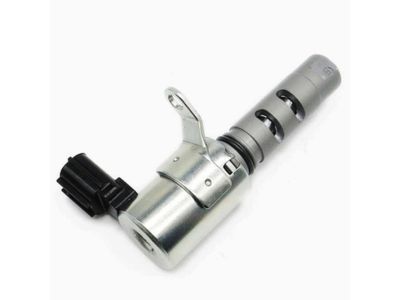

My Garage
My Account
Cart
Genuine Toyota 4Runner Spool Valve
VTEC Solenoid- Select Vehicle by Model
- Select Vehicle by VIN
Select Vehicle by Model
orMake
Model
Year
Select Vehicle by VIN
For the most accurate results, select vehicle by your VIN (Vehicle Identification Number).
8 Spool Valves found
Toyota 4Runner Valve Assy, Cam Timing Oil Control, LH
Part Number: 15340-31010$143.90 MSRP: $204.57You Save: $60.67 (30%)Ships in 1-2 Business DaysToyota 4Runner Valve Assy, Cam Timing Oil Control, RH
Part Number: 15330-31010$143.90 MSRP: $204.57You Save: $60.67 (30%)Ships in 1-2 Business DaysToyota 4Runner Valve Assy, Cam Timing Oil Control, LH
Part Number: 15330-38010$130.79 MSRP: $185.95You Save: $55.16 (30%)Ships in 1-3 Business DaysToyota 4Runner Valve Assy, Camshaft Timing Oil Control
Part Number: 15330-75010$116.45 MSRP: $164.16You Save: $47.71 (30%)Ships in 1-2 Business DaysToyota 4Runner Valve Assembly, Cam TIMI
Part Number: 15330-75020$93.44 MSRP: $131.72You Save: $38.28 (30%)Ships in 1-3 Business DaysToyota 4Runner Valve Assy, Cam Timing Oil Control, LH
Part Number: 15340-50011$162.62 MSRP: $231.19You Save: $68.57 (30%)Ships in 1-3 Business DaysToyota 4Runner Valve Assy, Cam Timing Oil Control, RH
Part Number: 15330-50011$162.62 MSRP: $231.19You Save: $68.57 (30%)Ships in 1 Business DayToyota 4Runner Valve Assembly, Cam TIMI
Part Number: 15340-31030$133.49 MSRP: $189.77You Save: $56.28 (30%)Ships in 1-3 Business Days
Toyota 4Runner Spool Valve
If you are in demand for superior quality and affordable OEM Toyota 4Runner Spool Valve, then shop with us! We own a wide range of the reduced-priced genuine Toyota 4Runner Spool Valve. You can purchase in confidence as all parts come with a manufacturer's warranty. Any issues with our products? No need to worry as we have a hassle-free return policy to guide you every step of the way.
Toyota 4Runner Spool Valve Parts Questions & Experts Answers
- Q: How Does the Spool Valve Function in the Variable Valve Timing (VVT-i) System and How to Replace the Oil Control Valve on a Toyota 4Runner?A:In all V6 models and 2005 and later VS models, Variable Valve Timing (VVT-i) is employed and intake camshaft timing is varied within the range of 50 degrees for V6 models depending on the conditions of driving, and between 44 degrees for V8 models as well. This system includes two sensors of the CMP/VVT-i, PCM, two oil control valves of the VVT-i and two controllers, namely the intake camshaft sprocket/actuator; both V6 and the V8 models are quite similar in their mechanism differences being observed in the controller designs. Back in the V6 models the parts of the controllers are the timing rotor, the housing which has the impeller type vane, lock pin as well as the timing chain sprocket for the intake camshaft; when the pressure of the oil is exerted to the vane, then it rotates leading to the variation of the valve timing. A few variants of V8 models include a housing, four vanes, and a lockpin which have the same working as that of the adjust valve time through the oil pressure. The actuator moves the camshaft clockwise in relation to the crankshaft when oil is supplied to the advance side and counter clockwise when supplied to the retard side; this is made possible through the pcm governing the supply of oil to the advance or retard side depending on the desired position of the camshaft. The camshaft timing oil control valve that PCMS controls, regulates the flow of oil to the passages accompanied by two values per every intake camshaft. For component replacement, V6 models are fitted with two CMP/VVT sensors mounted on the cylinder heads for the V6 models while 2005 and later V8 models have two WT sensors with the sides of the intake manifold of the valve covers. There is removal of the negative battery terminal and engine or throttle body, air filter housing or intake duct, and the disconnecting electrical connectors, and removal of mounting bolts of the sensors or oil control valves with reinstallation being the reverse of these procedures.
Related Toyota 4Runner Parts
Browse by Year
2024 Spool Valve 2023 Spool Valve 2022 Spool Valve 2021 Spool Valve 2020 Spool Valve 2019 Spool Valve 2018 Spool Valve 2017 Spool Valve 2016 Spool Valve 2015 Spool Valve 2014 Spool Valve 2013 Spool Valve 2012 Spool Valve 2011 Spool Valve 2010 Spool Valve 2009 Spool Valve 2008 Spool Valve 2007 Spool Valve 2006 Spool Valve 2005 Spool Valve 2004 Spool Valve 2003 Spool Valve
